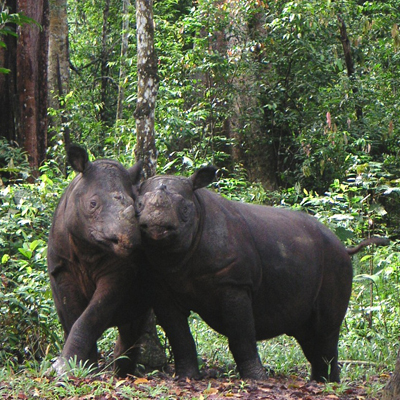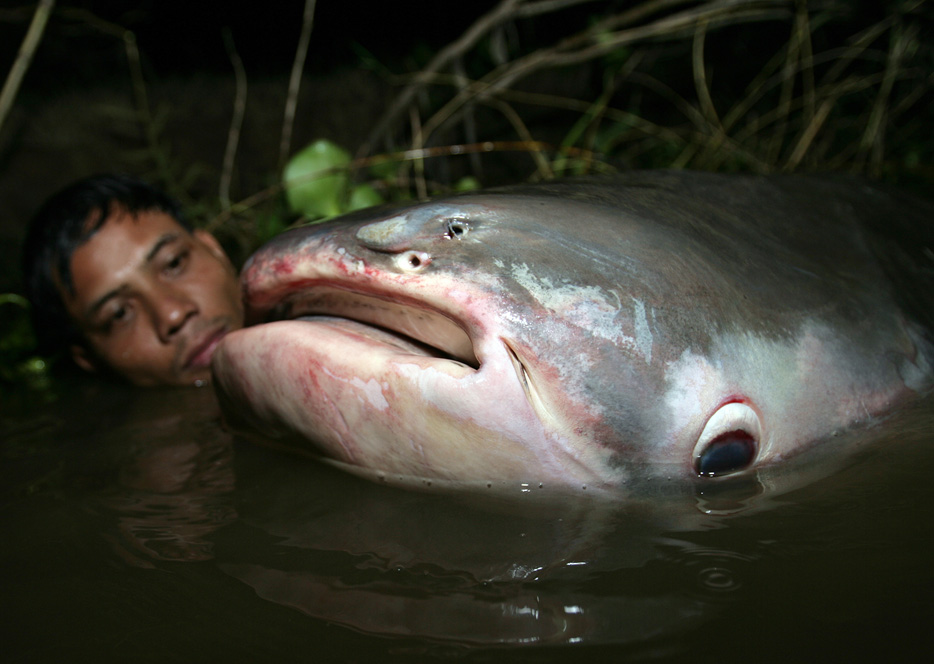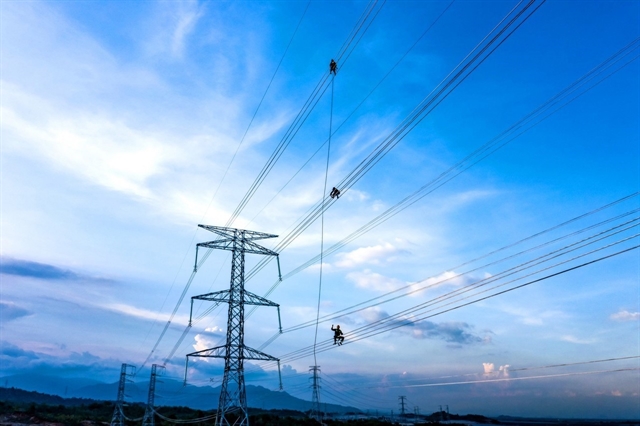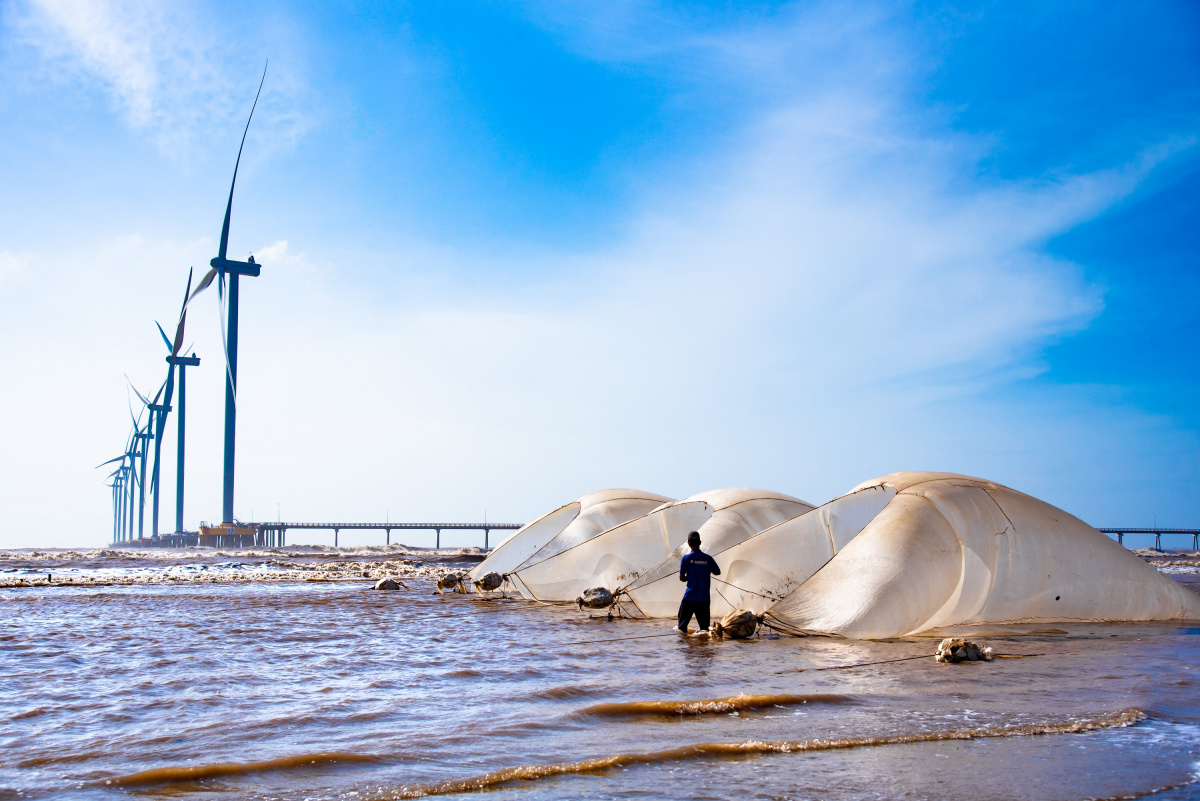Action to tackle Southeast Asia’s Extinction Crisis
Southeast Asia hosts a high proportion of the world’s uniquely diverse fauna and flora, but key threats in the region such as habitat loss, hunting and trade continue to drive much of its wildlife towards extinction. The IUCN Red List of Threatened Species™ reveals a worrying concentration of Critically Endangered species in this biodiversity hotspot.
In response to this looming biodiversity crisis, the IUCN Species Survival Commission (SSC) has convened the Asian Species Action Partnership (ASAP) in collaboration with many other conservation organizations, focusing attention and driving species-specific action in the region.
The main aim of ASAP is to mobilize support where it is urgently needed, drawing on the collaborative expertise of conservation practitioners; pooling resources, maximizing efficiency and influencing political will by communicating the issues to a global audience.
An annotated list of species will define where action needs to be focused and will inspire interest in their specific conservation needs.
“Nearly all species identified by the ASAP need immediate action” says Rachel Roberts, IUCN SSC Network Coordination Officer. "We recognize that this initiative faces some very stiff challenges, but the channelling of collaborative efforts to where they are urgently needed will be crucial in saving the future of this region’s rich and incredible biodiversity.”
Of the 154 Critically Endangered vertebrates that occur regularly within Southeast Asia, some such as the Sumatran Rhinoceros (Dicerorhinus sumatrensis) and the Siamese Crocodile (Crocodylus siamensis), are the focus of conservation programmes although most of these threatened species receive no conservation action and face an increasing level of stress.
“Among land animals, the trade is particularly demanding of large-bodied species without feathers – mammals and reptiles over the size of a squirrel – destined for consumption, to be eaten for a perceived tonic effect,” says Will Duckworth, ASAP Technical Coordinator. “Not strictly medicine, but certainly not simply food needed to meet basic nutritional needs”.
Many species in Southeast Asia are at risk of extinction, some within the next two to three decades. ASAP is an emergency call for tangible action; for funding to be increased and for experts to join forces and intensify their commitment to safeguarding the future of Southeast Asia’s many diverse and charismatic vertebrate species.
For more information contact:
For general ASAP enquiries: Madhu Rao, ASAP Development Coordinator - Madhu.RAO@iucn.org
For scientific and technical queries: Will Duckworth, ASAP Technical Coordinator - Will.DUCKWORTH@iucn.org
For enquiries requiring SSC support of ASAP: Rachel Roberts, IUCN SSC Network Coordination Officer - rachel.roberts@iucn.org








